The resonant bellow of a bullfrog is a quintessential sound of warm summer nights near waterways. More than just a vocal presence, these large amphibians are fascinating creatures with a rich natural history, complex behaviors, and a significant role in their ecosystems. This guide delves into the world of bullfrogs, covering everything from their identification and habitat to their life cycle, ecological impact, and interactions with humans.
What is a Bullfrog?
Bullfrogs (Lithobates catesbeianus) are North America’s largest true frog. Their name derives from their robust size and the deep booming call of the males, often likened to the lowing of a bull. Adults typically weigh over a pound, with some exceeding two pounds, and can measure up to eight inches in length from snout to vent. Their coloration varies, ranging from olive green to brown, providing excellent camouflage amongst vegetation. A prominent tympanum (eardrum), significantly larger in males than females, is a key identification feature.
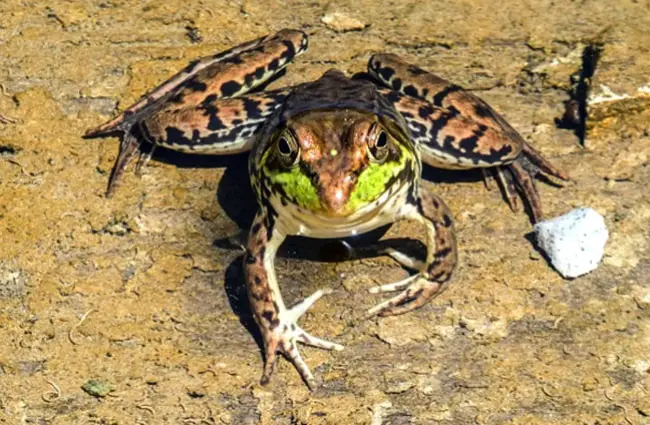
Identification
Distinguishing bullfrogs from other large frogs is relatively straightforward. Look for these key characteristics: large size, prominent tympanum, dorsolateral ridges (folds of skin running down the back), and a lack of webbing between the toes of the hind feet. The skin is generally warty. Juveniles, however, are smaller and more brown, with less pronounced ridges.
Habitat and Distribution
Bullfrogs are remarkably adaptable, thriving in a variety of aquatic habitats. They prefer permanent bodies of water such as ponds, lakes, marshes, and slow moving streams. They require shallow areas with abundant vegetation for cover and breeding. While originally found in eastern North America, bullfrogs have expanded their range significantly, aided by human activity. They are now found across much of the United States, Canada, and even parts of Mexico. Introduced populations also exist in other parts of the world, sometimes with detrimental effects on native species.
Diet and Predation
Bullfrogs are opportunistic carnivores, exhibiting a voracious appetite. Their diet is incredibly diverse, encompassing insects, crustaceans, fish, small mammals, birds, and even other frogs. They are sit and wait predators, relying on camouflage and a quick powerful leap to capture prey. Their sticky tongue is extended rapidly, ensnaring unsuspecting victims.
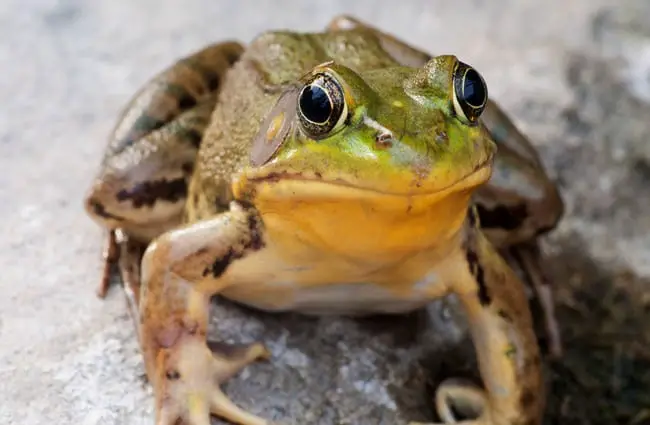
As adults, bullfrogs have few natural predators, but their eggs and tadpoles are vulnerable to herons, egrets, snakes, turtles, and fish. Juvenile frogs are also preyed upon by a wider range of predators.
Life Cycle: From Egg to Frog
The bullfrog life cycle begins in the spring or early summer. Males attract females with their characteristic booming calls, creating breeding choruses. Females lay thousands of eggs in shallow water, often amongst vegetation. These eggs hatch into tadpoles, which undergo a remarkable metamorphosis.
Bullfrog tadpoles are significantly larger than those of most other frog species. They are primarily herbivorous, feeding on algae and plant matter. Over a period of several months, tadpoles develop legs, lose their tails, and transform into juvenile frogs. This process is influenced by water temperature and food availability. It can take up to two years for a bullfrog to reach sexual maturity.
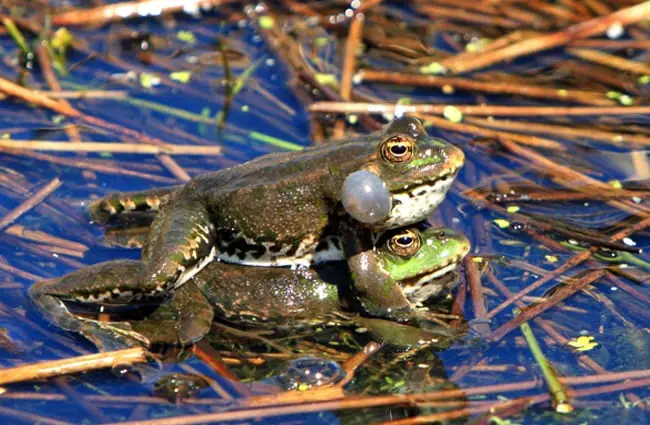
Ecological Role & Interactions
Bullfrogs are a significant component of freshwater ecosystems. They are large predators that help regulate populations of their prey species. However, their introduction to non native habitats has often had negative consequences. Bullfrogs can outcompete native frog species for food and habitat, and they can also prey upon native amphibians. They have contributed to the decline of several endangered frog species.
They also serve as prey for larger animals like snakes and birds. Their tadpoles play a role in nutrient cycling within aquatic ecosystems, consuming algae and contributing to the decomposition of organic matter.
Bullfrogs and Humans
Historically, bullfrog legs were a popular food source, particularly in Louisiana and other parts of the southeastern United States. While still consumed in some areas, the demand has decreased in recent years. Bullfrogs are also used in scientific research, particularly in studies of amphibian physiology and toxicology.
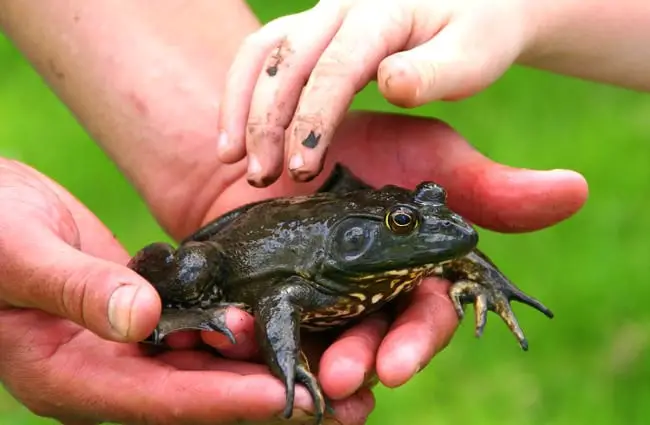
However, human activities have also impacted bullfrog populations. Habitat loss, pollution, and the introduction of invasive species all pose threats. Additionally, the collection of bullfrogs for food or research can deplete local populations.
Finding Bullfrogs in the Wild
If you are hoping to observe bullfrogs in their natural habitat, the best time is during the spring and summer months. Focus your search on ponds, lakes, and marshes with abundant vegetation. Listen for their distinctive calls, which are often loudest at dusk and dawn. Look for them basking on logs or vegetation near the water’s edge. Be cautious when approaching, as they are powerful jumpers.
Caring for Bullfrogs in Captivity
Keeping bullfrogs as pets is challenging and not generally recommended. They require a large well maintained aquatic habitat with plenty of space for swimming and basking. A varied diet of insects, fish, and other prey is essential. Maintaining proper water quality is crucial, requiring regular filtration and water changes. They require specialized care and should only be kept by experienced amphibian keepers. Avoid handling them excessively, as it can stress the animal.
Interesting Facts
- Bullfrogs can live for 7-9 years in the wild.
- Their calls can travel considerable distances, sometimes over a mile.
- They have excellent vision, allowing them to detect movement from a distance.
- Bullfrog tadpoles can sometimes cannibalize smaller tadpoles.
- They can change color slightly to better blend in with their surroundings.

For the Aspiring Zoologist: Advanced Topics
Beyond the basics, several areas of bullfrog biology are actively being researched. These include the effects of environmental pollutants on their development and reproduction, the genetic basis of their adaptation to different habitats, and the mechanisms underlying their invasive success. Studies are also investigating the role of bullfrogs in disease transmission and their potential as bioindicators of ecosystem health.
What to do if you encounter a Bullfrog
If you encounter a bullfrog in the wild, observe it from a respectful distance. Avoid disturbing its habitat or attempting to handle the animal. Do not feed it, as this can alter its natural behavior. If you find an injured or sick bullfrog, contact a local wildlife rehabilitation center or animal control agency.

The bullfrog is a remarkable creature, embodying both the beauty and complexity of the natural world. By understanding its biology, ecology, and interactions with humans, we can better appreciate and protect this iconic amphibian for generations to come.
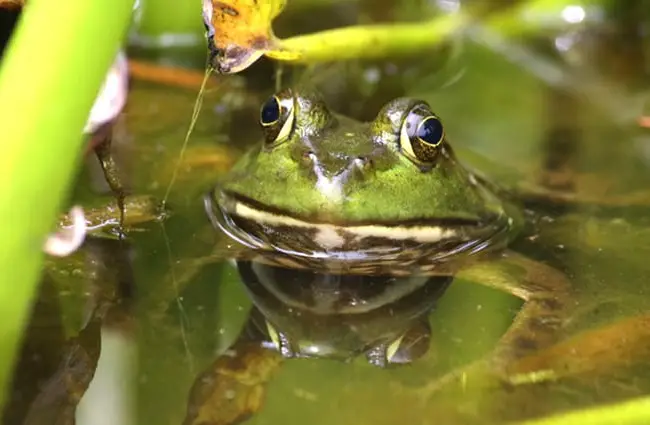

![Red Angus Closeup of a beautiful Red Angus cowPhoto by: U.S. Department of Agriculture [pubic domain]https://creativecommons.org/licenses/by/2.0/](https://animals.net/wp-content/uploads/2020/03/Red-Angus-4-238x178.jpg)




![Red Angus Closeup of a beautiful Red Angus cowPhoto by: U.S. Department of Agriculture [pubic domain]https://creativecommons.org/licenses/by/2.0/](https://animals.net/wp-content/uploads/2020/03/Red-Angus-4-100x75.jpg)

